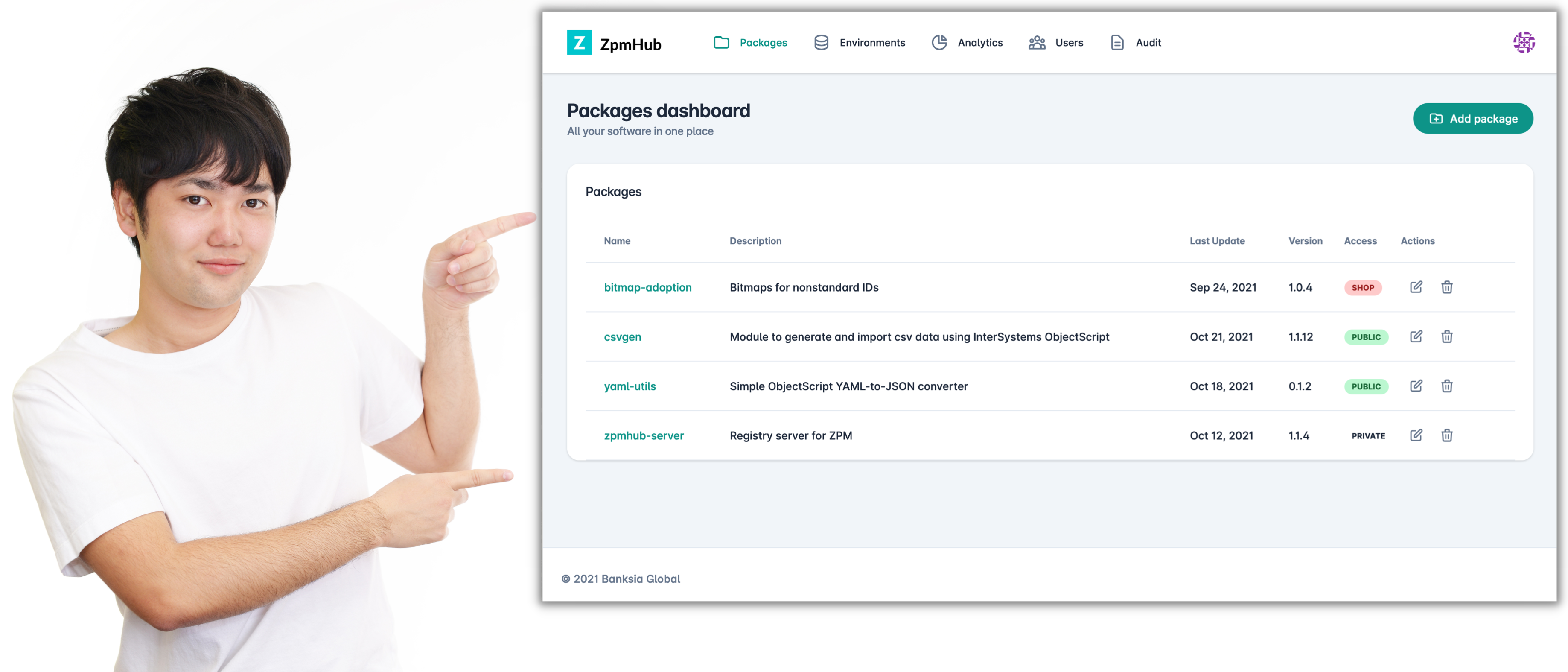Background
For a variety of reasons, users may wish to mount a persistent volume on two or more pods spanning multiple availability zones. One such use case is to make data stored outside of IRIS available to both mirror members in case of failover.
Unfortunately the built-in storage classes in most Kubernetes implementations (whether cloud or on-prem) do not provide this capability:




 189
189.png)